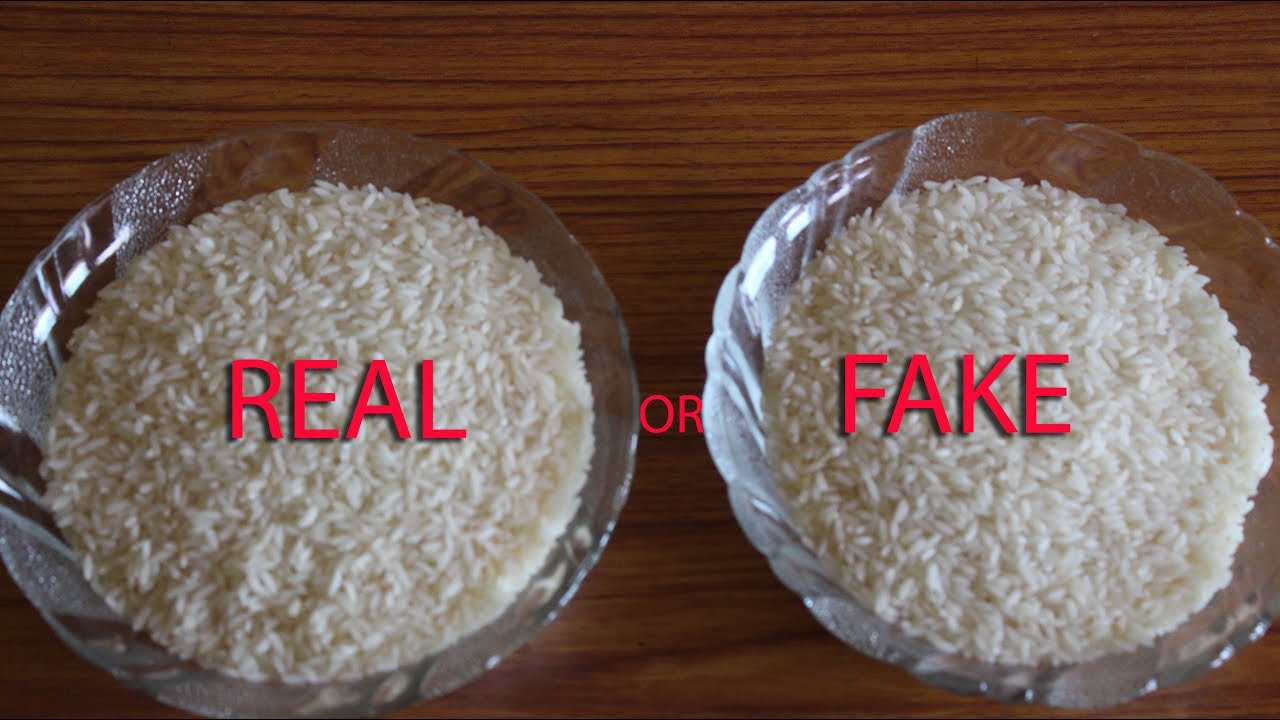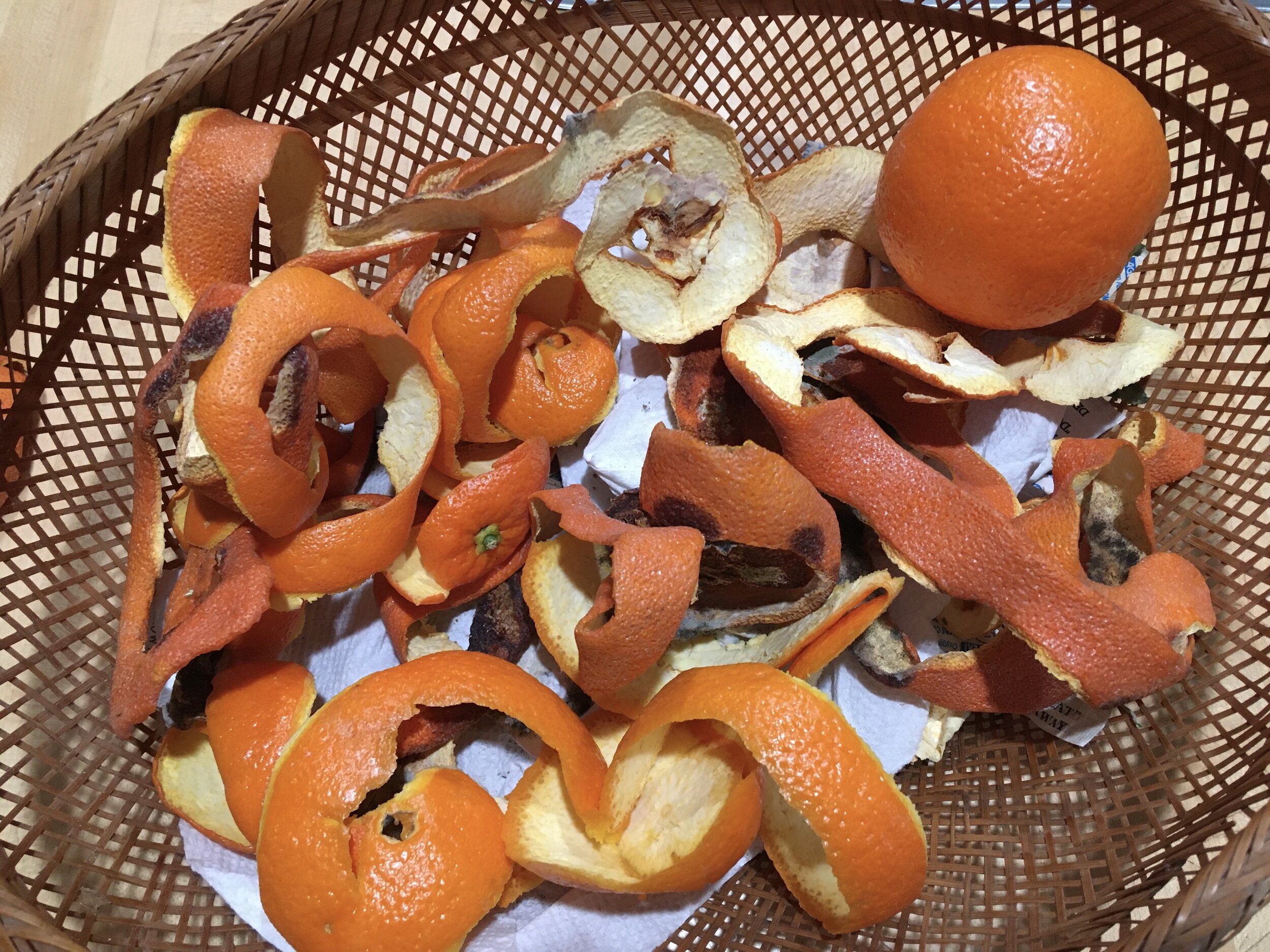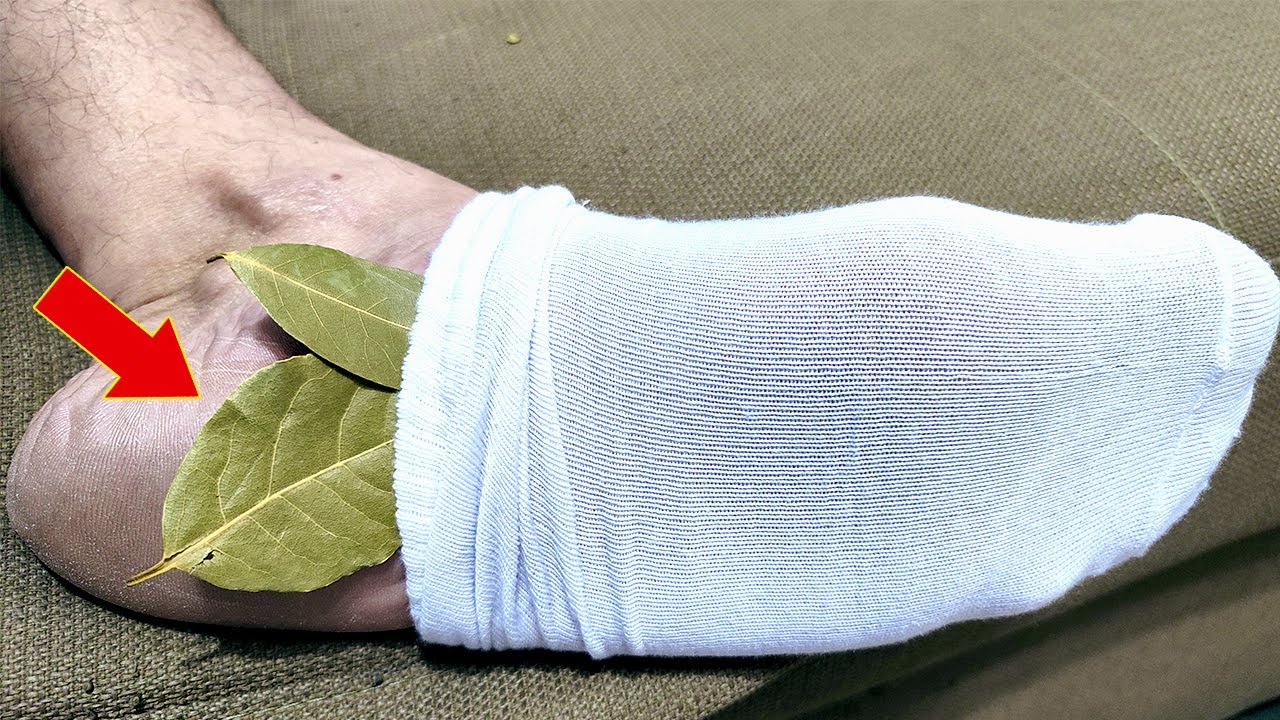
Concerns about plastic rice, a fake version of rice made from synthetic materials, have alarmed many consumers in recent years. While it’s rare, it’s important to know how to distinguish real rice from plastic rice to avoid potential health risks. Here are six different steps you can use to identify plastic rice in 2024:
1. Water Test
This is one of the easiest methods to check if your rice is real or fake. Plastic rice tends to float, while real rice will sink.
Instructions:
-
Take a glass of water and add a tablespoon of uncooked rice.
-
Stir the water thoroughly.
-
If the rice sinks to the bottom, it’s real.
-
If the rice floats on the surface, it could contain plastic.
2. Fire Test
Plastic melts when exposed to heat, making this test effective in identifying plastic rice.
Instructions:
-
Take a handful of rice and light it with a match or lighter.
-
If the rice starts to melt or smells like burning plastic, it’s likely fake.
-
Real rice will not melt or give off a plastic odor.
3. Boiling Test
Real rice behaves a certain way when boiled, while plastic rice has distinct differences in texture and appearance.
Instructions:
-
Boil a small amount of rice in water.
-
Real rice will cook normally, with a fluffy texture and an authentic rice aroma.
-
Plastic rice will stay hard or form a thick layer on the surface, looking unusually glossy or sticky even after being cooked.
4. Mold Test
Plastic rice is not organic and therefore doesn’t spoil the same way as real rice. The mold test is a simple way to tell the difference.
Instructions:
-
Cook a small portion of rice and place it in a container.
-
Leave it at room temperature for a few days.
-
Real rice will develop mold after a few days, especially in a warm environment.
-
Plastic rice will remain unchanged and show no signs of mold growth.
5. Hot Oil Test
When fried, plastic rice reacts differently than real rice.
Instructions:
-
Heat some oil in a pan and drop a few grains of rice into the hot oil.
-
Plastic rice will melt or clump together when fried.
-
Real rice will not melt, and instead will fry, becoming crispy and golden brown.
6. Texture and Smell After Cooking
Real rice has a natural texture and aroma that is hard to replicate. Plastic rice often lacks the authenticity in both smell and texture.
Instructions:
-
After cooking, check the texture of the rice. Real rice should feel soft but firm, with a grainy texture.
-
Smell the rice. Real rice will have a pleasant, neutral rice aroma.
-
Plastic rice may have a slightly chemical or synthetic smell, and the texture could be gummy or too smooth.
Conclusion: Protect Yourself from Plastic Rice
While plastic rice is not common, it’s crucial to be aware of these identification methods, especially if you’re uncertain about the source of your rice. By following these six simple steps, you can safeguard yourself and your family from consuming potentially harmful synthetic rice. Always purchase rice from trusted and reputable brands to reduce the chances of encountering counterfeit rice products.





